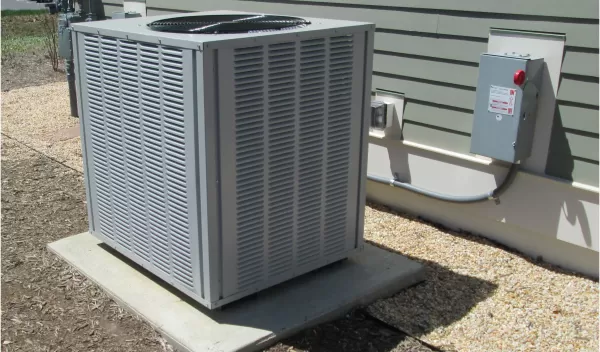
Autonomous HVAC system could provide more comfort with less energy
The way we use indoor spaces is changing. That presents challenges for those who manage these spaces in homes, offices and factories.
Not least among the challenges is heating and cooling, which is the largest use of energy in American homes and commercial buildings. What’s needed, say scientists, is smarter, more flexible climate control that keeps us comfortable without heating and cooling empty buildings.
Now, National Science Foundation-funded researchers at the University of Michigan have developed a solution that could provide more efficient, more personalized comfort, doing away with the wall-mounted thermostats we're accustomed to. The Human Embodied Autonomous Thermostat, or "HEAT," is detailed in a study published in the journal Building and Environment.
The system pairs thermal cameras with three-dimensional video cameras to measure whether occupants are hot or cold by tracking their facial temperature. It then feeds the temperature data to a predictive model, which compares the data with information about occupants' thermal preferences.
Finally, the system determines the temperature that will keep the largest number of occupants comfortable with minimum energy expenditure. The new study shows how the system can effectively and efficiently maintain the comfort of 10 occupants in a lab setting.
"A variety of new climate control challenges have arisen as buildings are occupied less consistently," said principal investigator and study co-author Carol Menassa.
HEAT works a bit like today's internet-enabled learning thermostats. When it's newly installed, occupants teach the system about their preferences by periodically giving it feedback from their smartphones on a three-point scale: "too hot," "too cold" or "comfortable." After a few days, HEAT learns their preferences and operates independently.
"Smart technologies such as this can help reduce energy use, especially in the face of today’s new building management challenges," says Bruce Hamilton, a program director in NSF's Directorate for Engineering.


